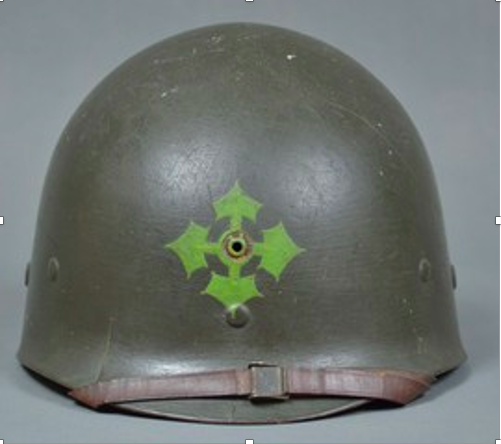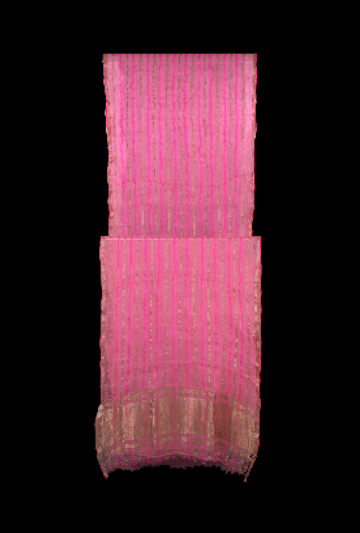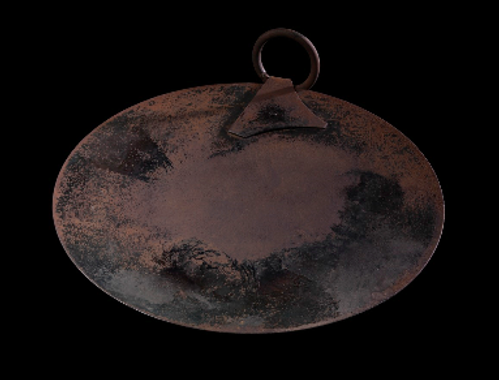The Visualising War podcast has recently been exploring the representation of war in museum spaces. In particular, we have been talking to curators at the Imperial War Museums about their recent redesign of their WWI and WWII Galleries. You can listen to two podcast episodes discussing each set of galleries here and here. In this blog, we feature a selection of objects chosen by curators Vikki Hawkins and Kate Clements to illustrate their approach to narrating WWII.
Total War Theme:

Facsimile loan from The Three Gorges Museum, Chongqing, China
Case studies and objects are used in the new WWII Galleries to highlight several recurring themes, including Total War (the way the war affected all areas of life) and Global War (its repercussions around the globe).
IWM holds a large amount of material culture recording experiences of the Blitz and these recognisable objects have the capacity to invoke memory and encourage intergenerational discussions between visitors. IWM has capitalised on the relative familiarity of these Blitz objects to explore more transnational experiences of war, including the experience of aerial attacks in other parts of the globe.
The display of a Chinese air raid shelter admission ticket and images of people and places affected by bombing in Chongqing helps to bring a marginalised aspect of the Second World War into a prominent public space, deliberately establishing parallels with the better known British experience. The new Galleries also display a German civilian fireman’s jacket, and an ARP medical case and blackout propaganda from other parts of the world. In a section looking at the bombing of Japan, a flag indicating the site of the closest water supply has been used to reflect air raid precautions there.
Personal Story Approach


The new WWII Galleries feature approximately 100 unique stories from individuals across the globe. In many cases, these stories are accompanied by a contemporaneous photograph of the individual and an object associated with their experiences during the conflict. Through this personal story approach, visitors can appreciate the diversity of the people involved and the variety of emotional and physical responses they had to the war, be that pain, suffering, loss, resistance, strength, love, separation, freedom and political awakening. The people featured in the galleries help provide visitors with connections to the past and encourage reflection on their own choices or responses to the challenges individuals faced.
Louie White’s story speaks to the mobilisation of women for the war effort in Britain from 1941. Louie trained at the Leeds Mechanical Institute as a milling machine operator and in 1942 went to work at the Blackburn Aircraft Factory. Her boss George was impressed with her ability to check the dimensions of aircraft parts using precision measurement tools like this micrometer. Louie was promoted to inspector and bought her own micrometer. George engraved her name on it, and she proudly carried it in her pocket at work for the next three and a half years. Louie’s collection of personal papers (including her workbooks from Leeds Mechanical Institute and her diaries) were donated to the Imperial War Museum in 1982. Her story helps to bring alive the transformative impact of the war on women, and it reflects the museum’s determination that women’s experiences are embedded in the wider narrative of the war.
Global War and people-centric gallery themes:

External loan, courtesy of the West Point Museum Collection, U.S. Army Museum Enterprise; Photograph from Harry’s son, Curtis

Harry D Evans was a combat medic in the US 4th Infantry Division. He wore this helmet liner when he landed with the third wave of troops to go ashore at Utah Beach on D-Day. Before the invasion, Harry took part in a rehearsal off the Devon coast. Poor communication and an accidental encounter with German fast attack boats resulted in 749 US servicemen being killed. Harry was awarded the Bronze Star with ‘V’ for valour for helping wounded men during this disaster.
D-Day is among the best-known events of the Second World War, particularly in the US and Britain. However, the Imperial War Museums’ collections have very few objects linked to the international nature of Operation Overlord, particularly the US and Canada’s role in the landings.
The D-Day story is told in the new galleries within a single showcase, placed in front of a large AV screen showing footage of the landings. It deliberately highlights the international aspect of D-Day, and tells the story via five people, one for each of the D-Day beaches. This allows a complex story to come alive in accessible ways.
The IWM’s existing collections provided two strong people-focused stories and related objects for the two British beaches, Gold and Sword. However, for the other three beaches, new material was needed. A collection of uniform, documents and other items belonging to a US Navy officer from Omaha Beach came up for auction and IWM was able to purchase it; other items relating to Juno and Utah beaches were borrowed from museums and archives in Canada and the US, with family members supplying additional testimony and photographs. Each of the men whose stories represent the five beaches had a different role on D-Day; there is a US Army medic, a beachmaster, an British Army chaplain, a war artist and an infantry soldier. This range of stories helps visitors to understand that there was no single D-Day experience, and that it was a vast operation that involved many different people in different roles.
Post-war ripples:

When Raminder Parkash Singh married Indian war hero Parkash in April 1947, they both wore this bright palla (headscarf). Just four months later, they fled their home when India was partitioned. As Sikhs, they left the newly created Islamic country of Pakistan in order to avoid the religious violence that accompanied the partition. Raminder and Parkash barely escaped with their lives. They witnessed the bloodshed as millions of people of different religions crossed the new border. They migrated eastwards to a new farm, arriving with a tawa (cooking pan) but few other possessions.

The role of the British Empire in the war is explained throughout the new WWII galleries, including the contribution of India to Britain’s war effort and the growing Indian independence movement. In the final, post-war gallery, the culmination of this story is told, with a focus on the decline of British imperial power and the independence and subsequent Partition of India.
As in other areas, IWM’s existing collections did not support much of the narrative in this post-war gallery, and Raminder’s objects and story are just a few of many new items that were carefully sourced and collected in order to represent as many global themes and events as possible.

Raminder’s tawa is perhaps an unlikely item for display in a war museum, but it now sits alongside her palla, telling the story of the perilous journey which the newly married couple had to make to their new home in northern India. The Victoria Cross which Raminder’s husband won during WWII is on display elsewhere in the IWM. This combination of military and domestic objects (generously shared by Raminder and Parkash’s family) tells a powerful story that many IWM visitors will be unfamiliar with, capturing the ripple effects of a conflict which sparked more conflict, as well as the global nature of the war.
The IWM’s new WWII Galleries opened on 20th October 2021. Together with colleague Paul Cornish, curators Vikki Hawkins and Kate Clements have edited a new book to coincide with the opening: Total War: A People’s History of World War II (Thames&Hudson). We strongly recommend it!
